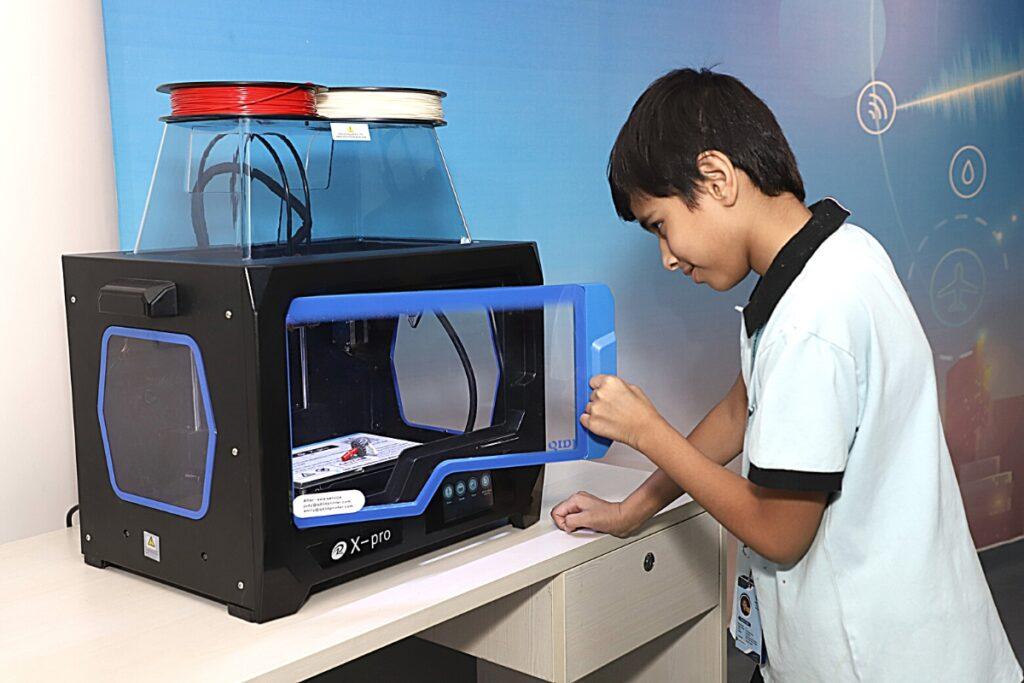At Pavna International School, the secondary department is divided into three main areas. The lower secondary, the IGCSE, and the A-level areas So it’s a seven-year program. In lower secondary, we have eleven subjects, and we take a holistic, child-centred approach to teaching and learning in that area. After which we run the two-year IGCSE programme and then the two-year A-level program. And these seven subjects comprise the International Certificate of Education, which is a well-respected qualification by universities all over the world, as well as by universities in India.
Knowledge is power. You cannot pray to become a doctor, a translator, or a teacher. You need to go to school for that. Not just any school, but one that will make your dream a reality. And that’s exactly what we, the specialists at Pavna International School, have been doing.

There was a lot of research that went into designing the school. So right from the entrance, you can see that the building is inspired by Lumen architecture. And once you move in, you see there is a blend of Indian and Western culture here. So this is what we are trying to communicate through our designs. It’s a blend of Western education with Indian values and culture here. So it’s a talking school. If you look at the walls here, each and every wall has something to give to the child. So when the child enters, say, the experiential block, which is the labs, you will find that each and every lab has certain wallpapers or information that is displayed on the wall and that tells the story of the contributions that have been made by the scientists.







